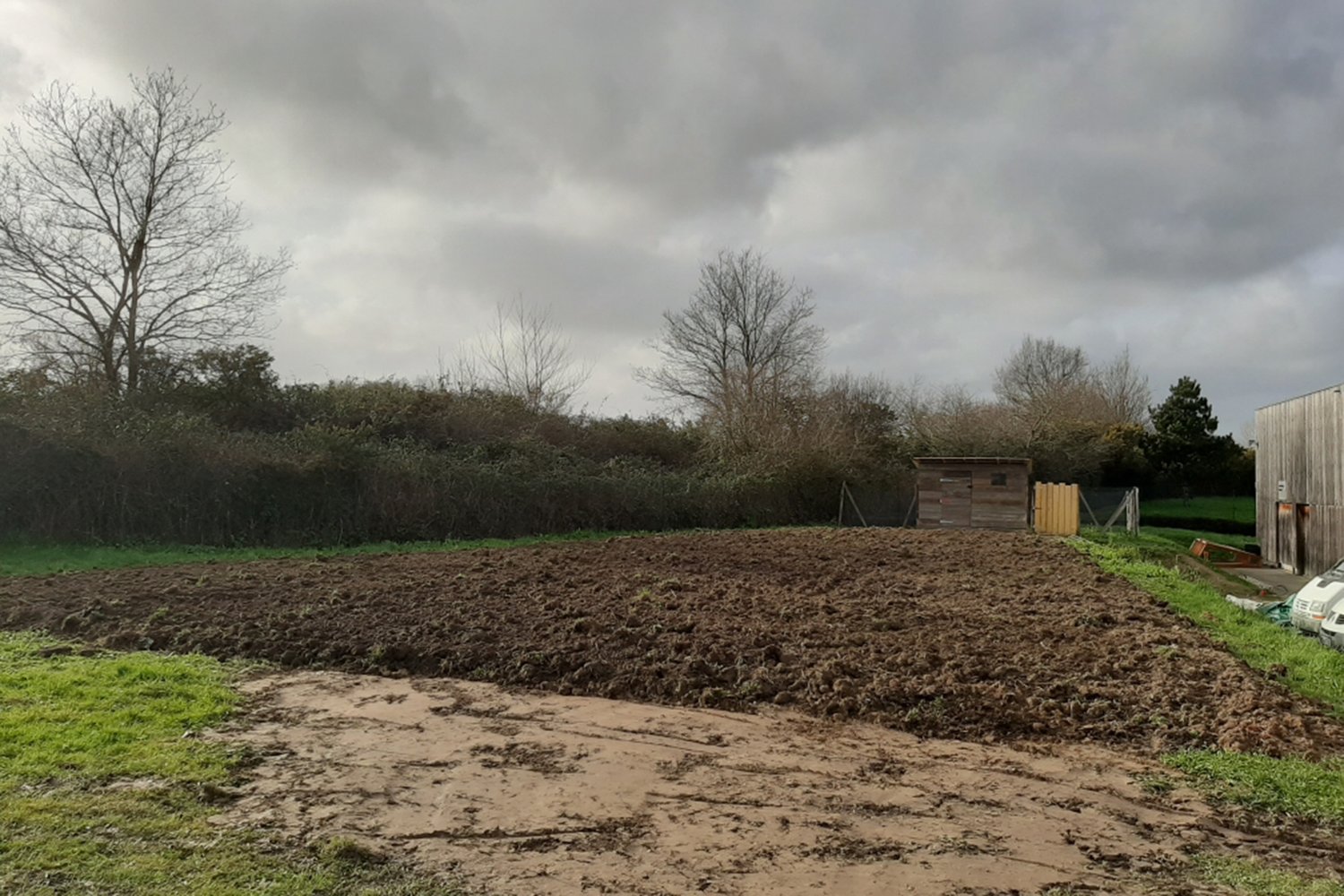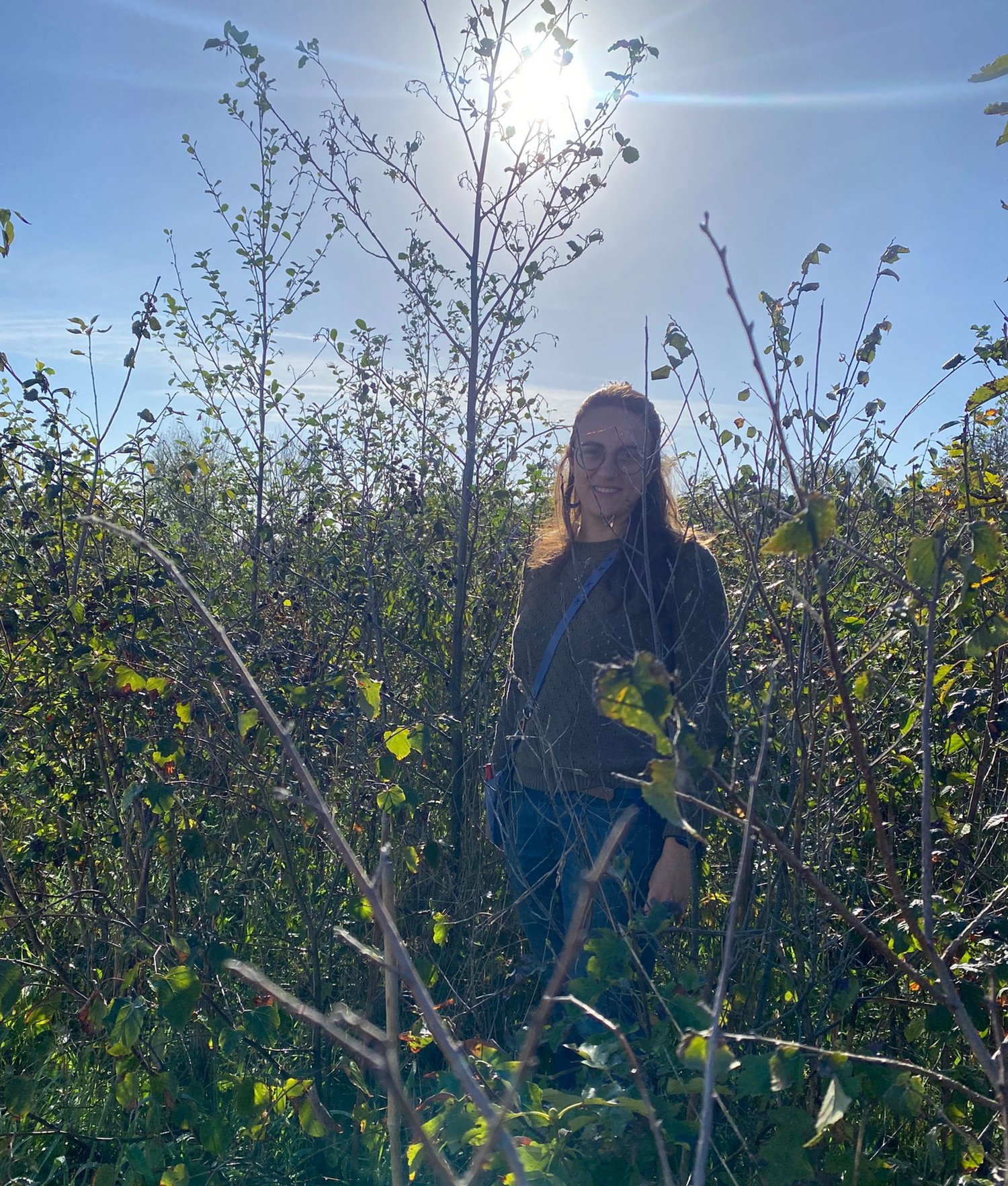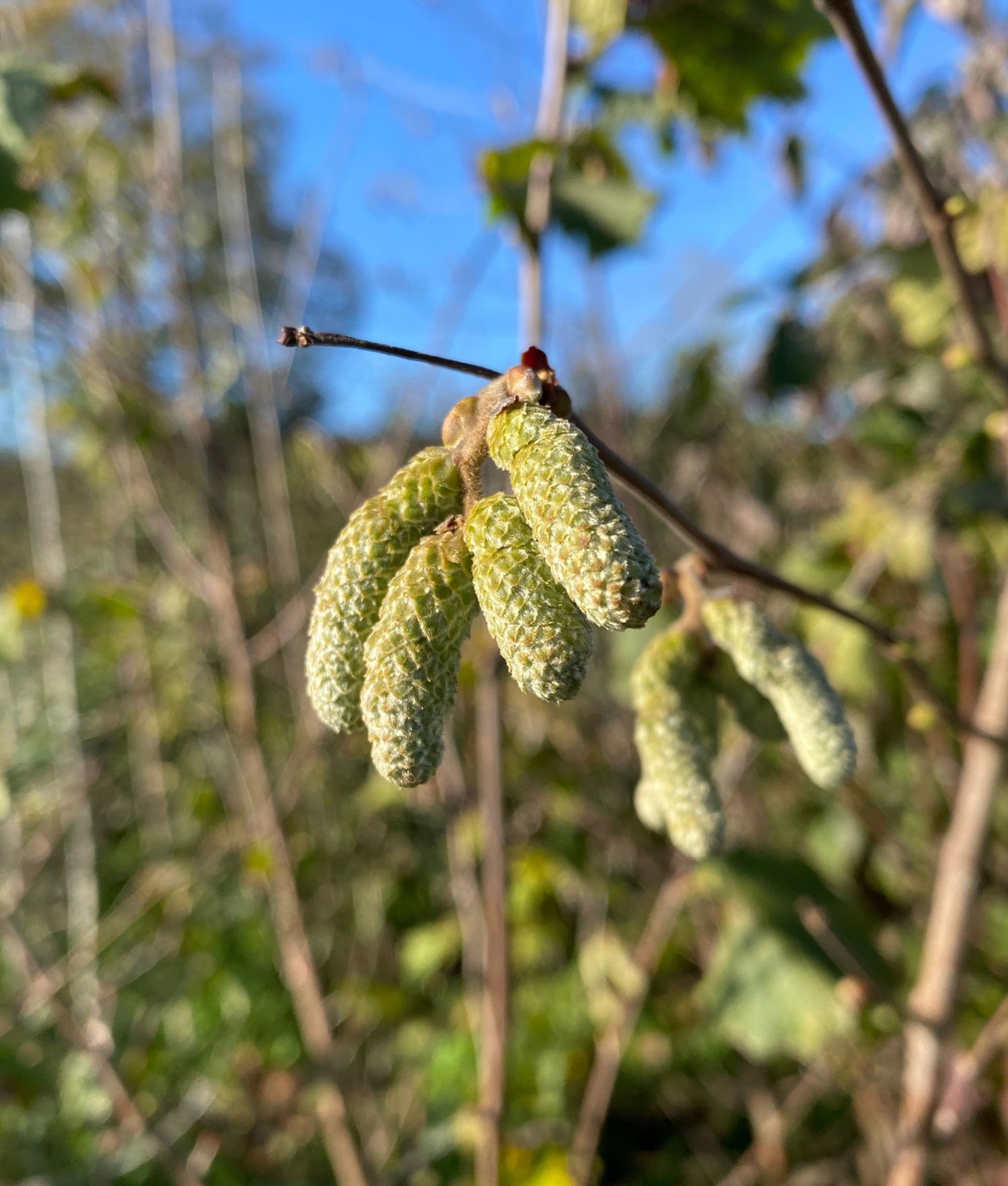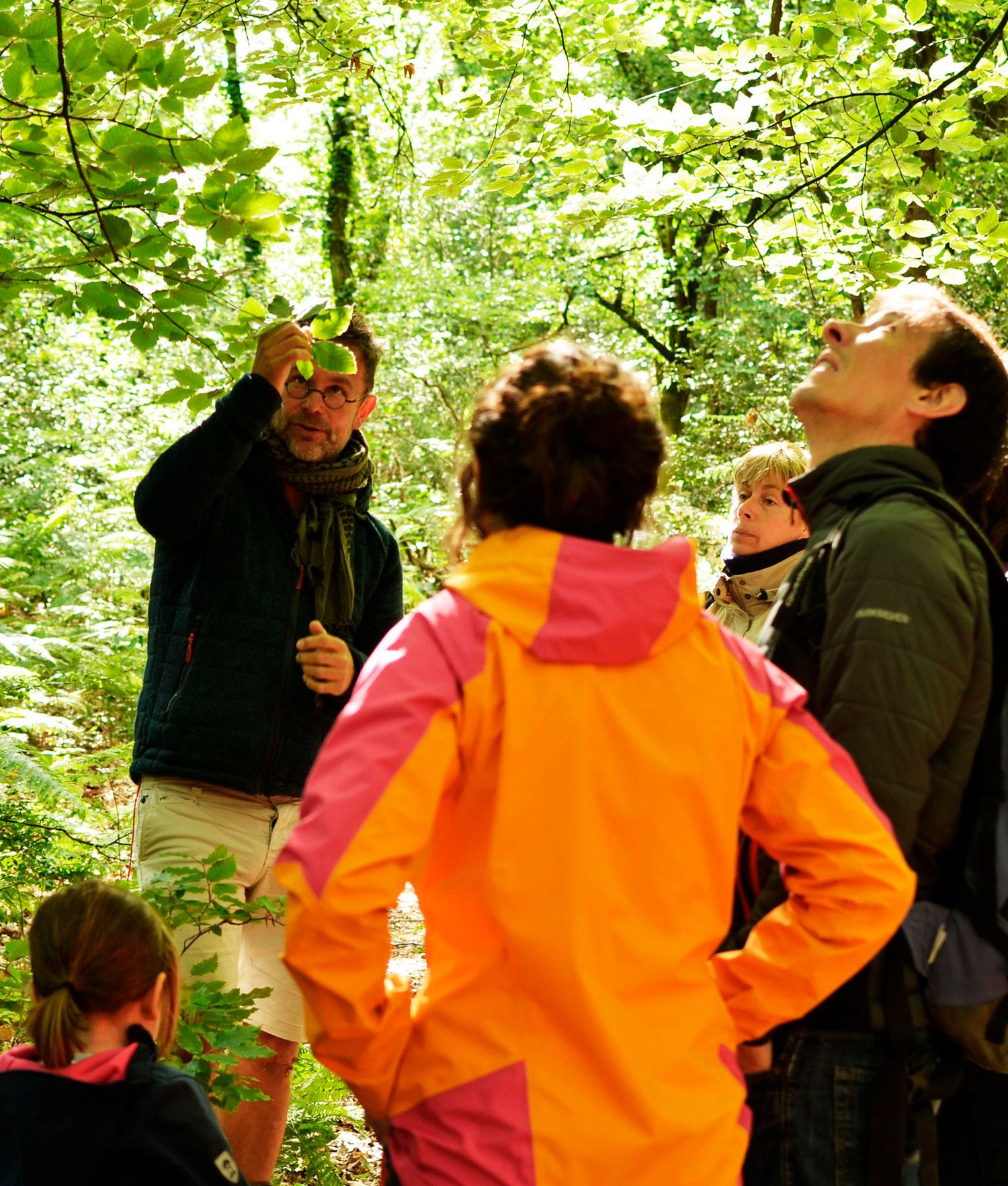
NANTES, FRANCE
IME Val Lorie
A green lung for kids within a high density industrial area.
IME Val Lorie is a Medical Education Institute for young people with intellectual disabilities, located in the west of France in a high density industrial area.
MiniBigForest, teachers and families are partnering to create a natural dense forest: a “green lung” to address the negative impacts of the surrounding environment and bring back more nature within the school.
Using the Miyawaki method, we plant with kids, teachers, families sharing naturalistic values and skills, and also train MiniBigKeepers to take care of the urban forest.
Forest Maker MiniBig Forest

540
Trees
180
Square Meters
30
Native Species


“MiniBigForest, teachers and families are partnering to create a natural dense forest: a “green lung” to address the negative impacts of the surrounding environment and bring back more nature within the school.”
— Stephanie Saliou
Forest Report: 31 Months
DATE: 21.09.2022
Survival Rate: 85%
Tallest Tree: 450cm
Beech trees (Fagus sylvatica) are currently slowest growing, on average 30cm in height. The sweet cherry trees (Prunus avium) are also doing well, measuring on average 250cm.
This pocket forest is doing very well overall. As all European projects, it has been impacted on by the summer drought and experiencing relatively early fall of leaves this year as a result. The buckthorn (Rhamnus cathartica) on the edge of the forest seems to be the species that has suffered the most from the scorching summer. However, encouragingly, regrowth has been observed on many dried-looking plants.
Growth rate has been slower this year, certainly connected to the dry and hot conditions. Still, blood dogwoods (Cornus sanguinea), for their part, experienced good growth both in width and in height, whilst the alder tree (Alnus glutinosa) is by far the best growing, with a height of 450cm measured on some trees.
The herbaceous layer develops naturally with a dominance always marked by the presence of the creeping cinquefoil (Potentilla reptans) and bedstraw (Galium verum), a sign of the presence of soils rich in bases and organic matter and of good soil water retention . The rest of the cover is made up of unidentified grasses (Poaceae). The ground, where the trees are tallest and let the least light through, has a nice brown color and a rich material of dead leaves, twigs. The herbaceous layer begins to become more sparse there.
The forest has made the outdoor space an important communal area for the young people of IME Val Lorie. The forest has also led to the development of other outdoor resources that are supporting the students’ learning. These include a chicken coop, compost heap and orchard area.



Biodiversity Notes:
Biodiversity is thriving in this pocket forest! Many passerines are making use of the forest, including blackbirds (Turdus merula), robins (Erithacus rubecula), great tits (Parus major) and chiffchaff (Phylloscopus collybita). The forest is also home to many insects, arthropods, gastropods (species unidentified). The presence of small mammals, thought to be foxes (Vulpes vulpes), was noted via traces on the ground, corroborated by the disappearance of a hen in the henhouse.




Forest Report: 1.5 Years
DATE: 21.08.2021
Survival Rate: 85%
Tallest Tree: 400cm
The Alder tree (Alnus glutinosa) is by far the best growing, with a height of 400cm measured on some trees. Beech trees (Fagus sylvatica) are currently slowest growing, on average 30cm in height. Birch trees (Prunus avium) are also doing well, measuring on average 250cm.
15% are estimated to have failed over 18 months but overall this small ecosystem is doing remarkably well. The Oaks were impacted by powdery mildew generated by a very wet spring and summer season. The Pear trees seem a little slow growing and their leaves are showing some deformations. The area close to the car park is experiencing more marked growth than that on the edge of the hedge already present. A herbaceous layer is developing naturally with a marked dominance of the Cinquefoil (Potentilla reptans), a bio-indicator of rather humid soils (which explains the beautiful growth of alders). The Cinquefoil is also a pioneer that will recolonize disturbed environments.
As the trees have reached a good size and are no longer in direct competition with the herbaceous layer, no other weeding actions will be planned, with the exception of small pockets located at the foot of the still very small trees, such as Beech.



Biodiversity Notes:


Forest Report: Planting
DATE: 21.02.2020



The Benefits
Planting a forest at IME Val Lorie will:
- Improve environmental conditions for young people
- Regenerate biodiversity within a high-density industrial area
- Regulate the microclimate temperature
- Improve air quality


Discover more SUGi Projects


De Ark
A forest learning center in Sint-Niklaas


Langalibalele Forest
Cultivating a green oasis for community wellness and education.


Papenhof Forest
Nature-based therapy at the heart of a city



